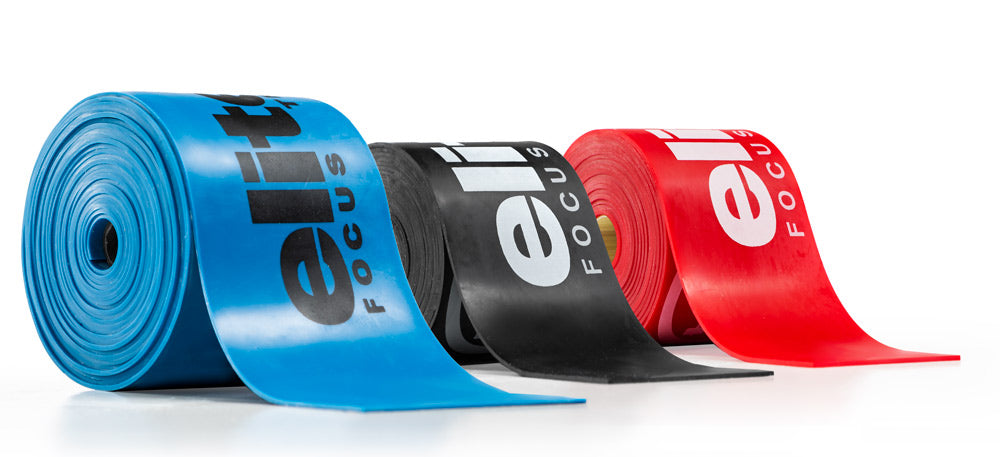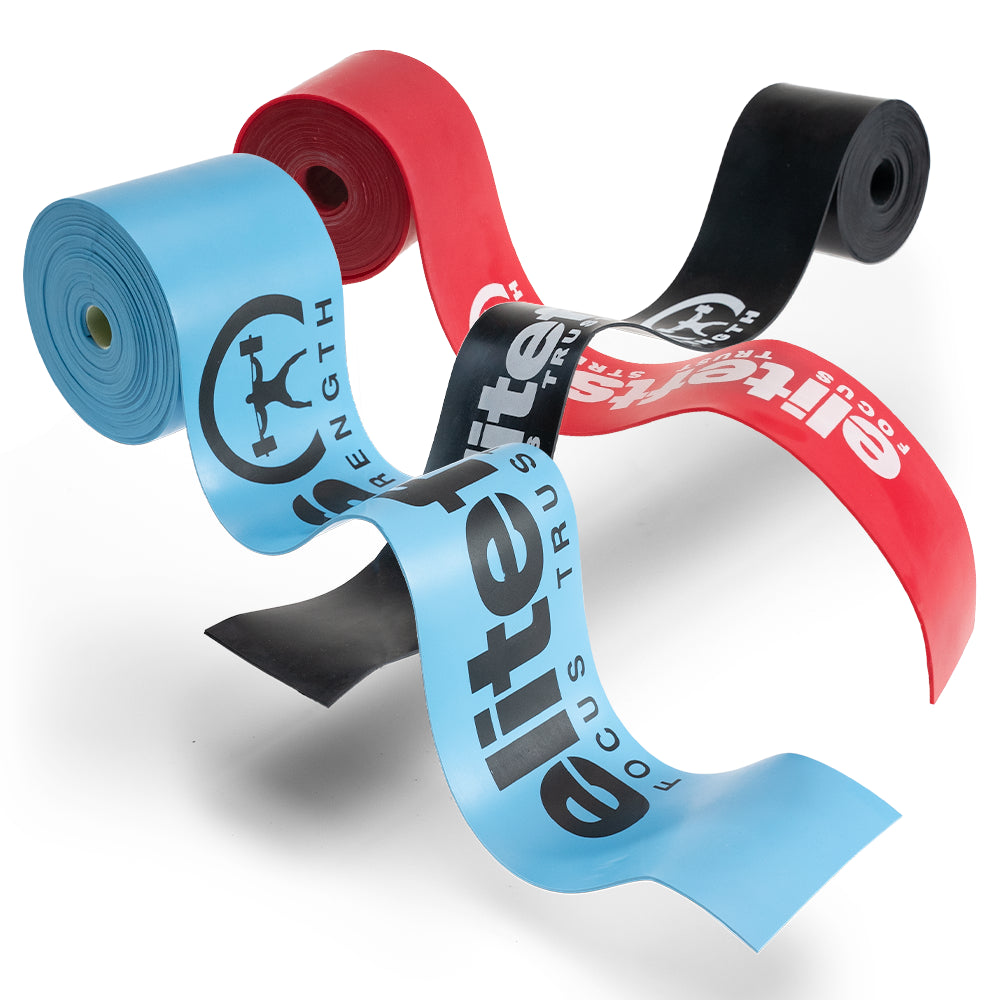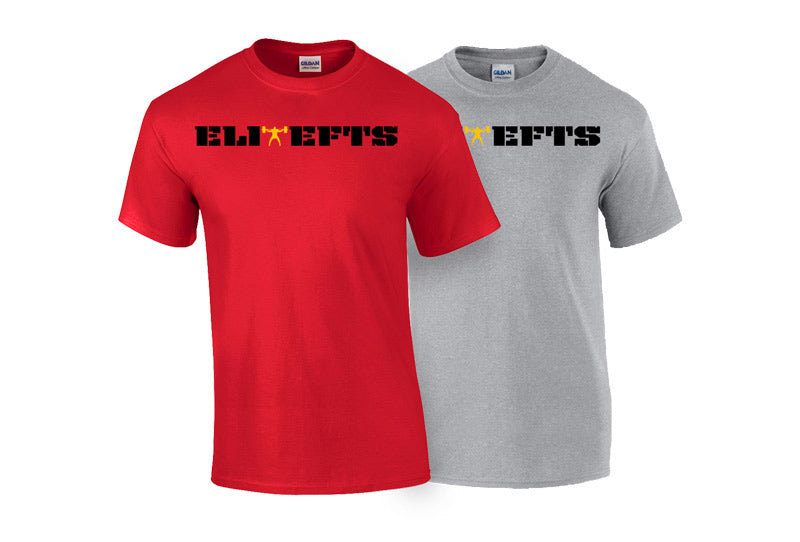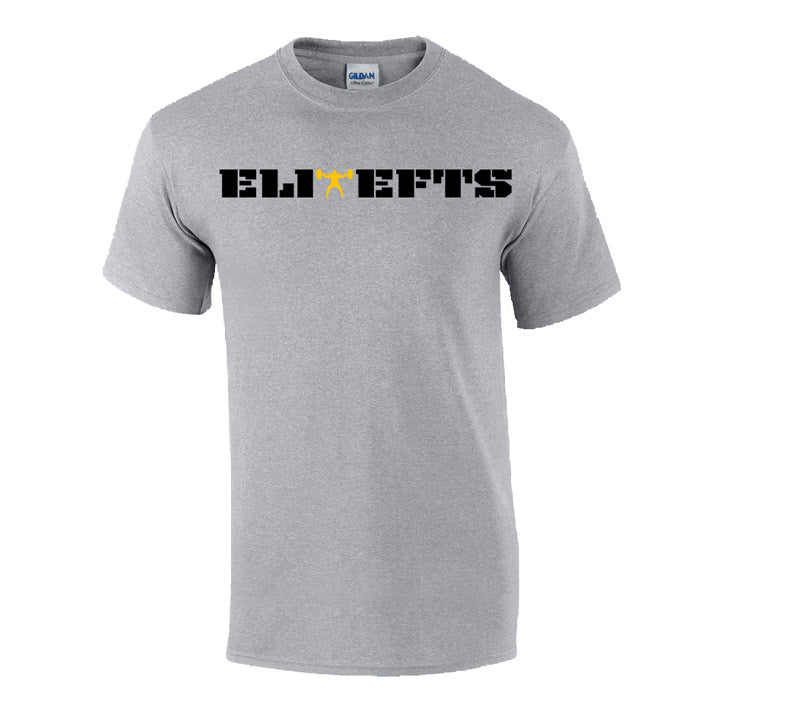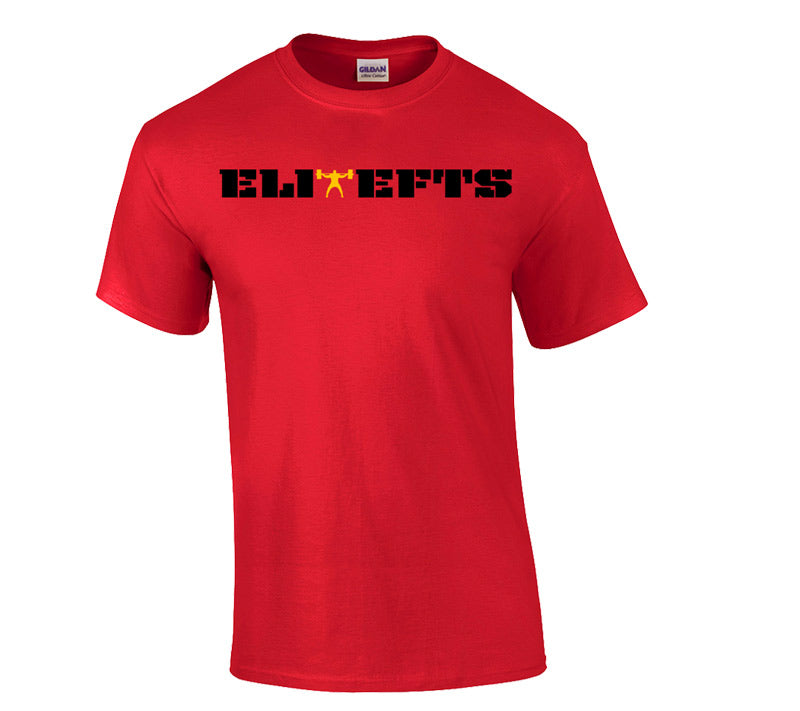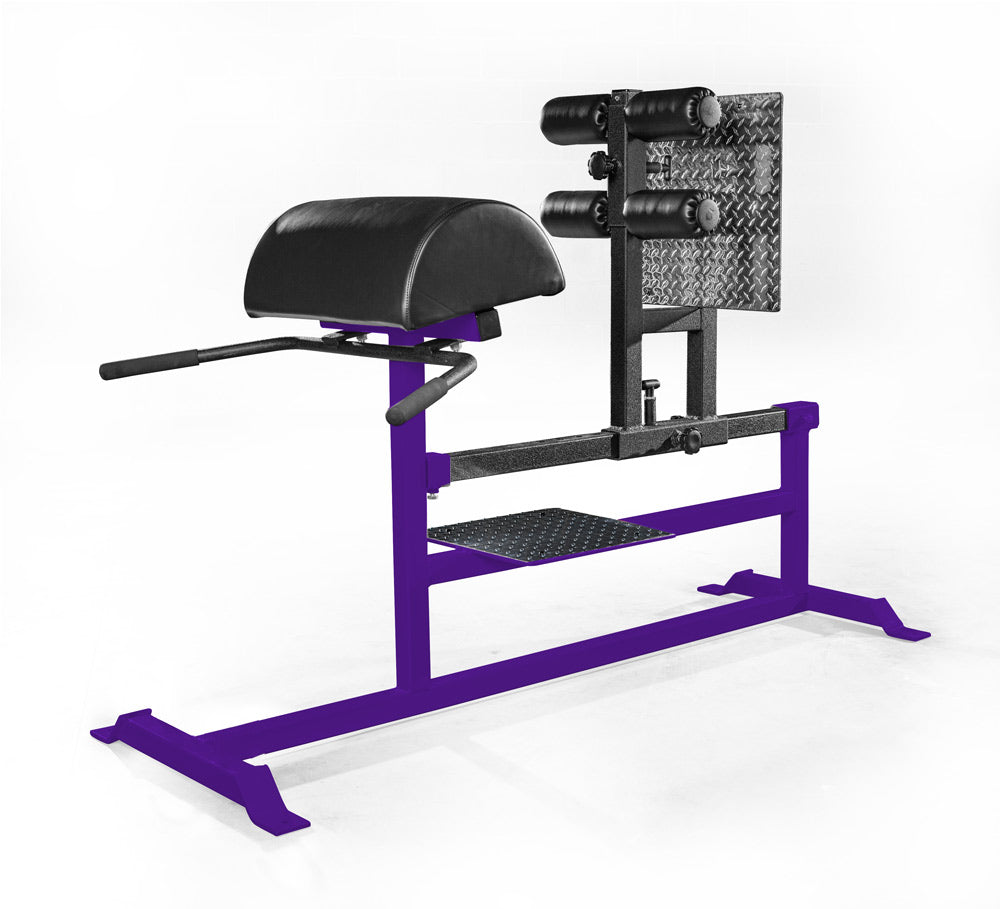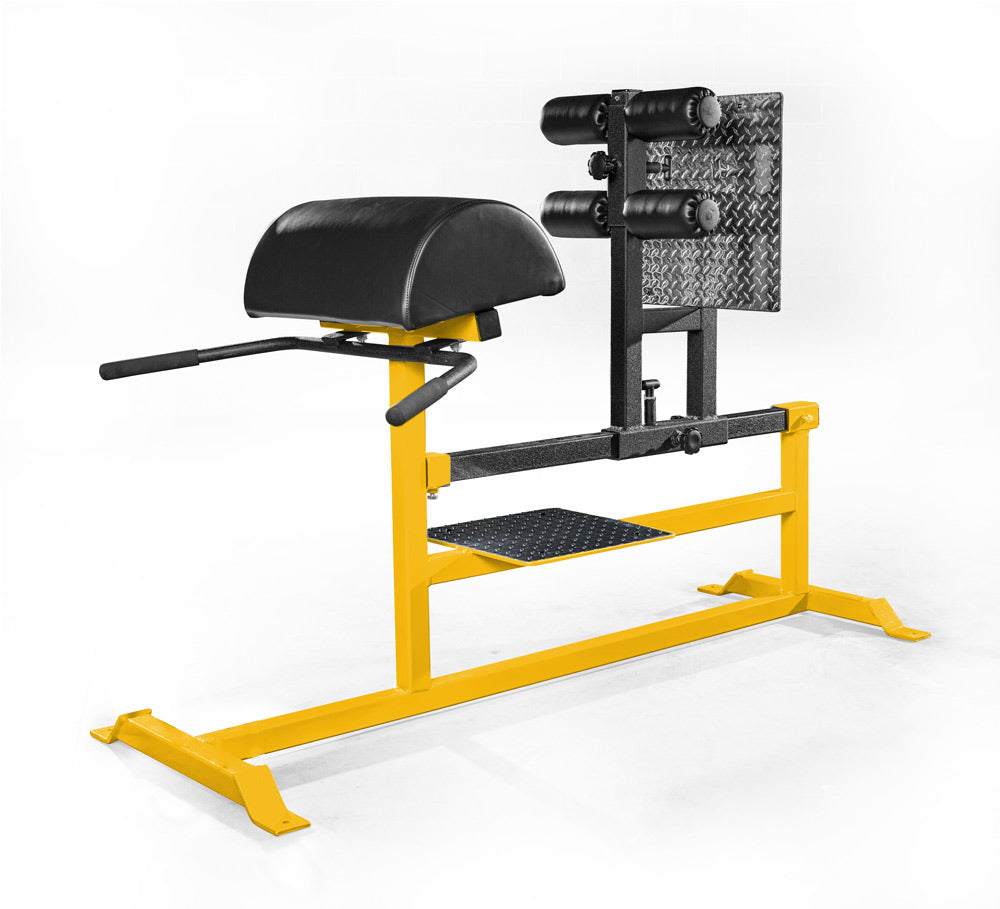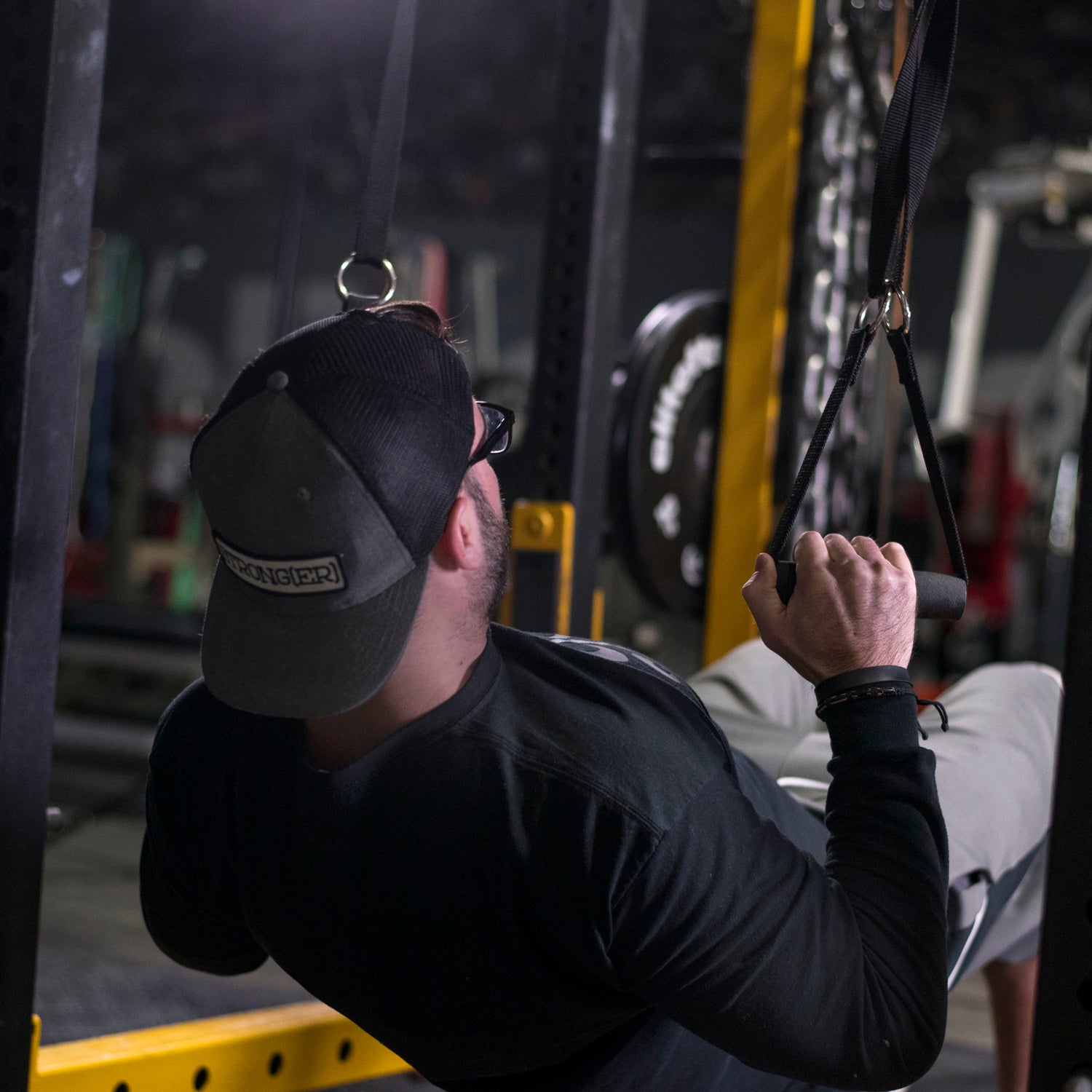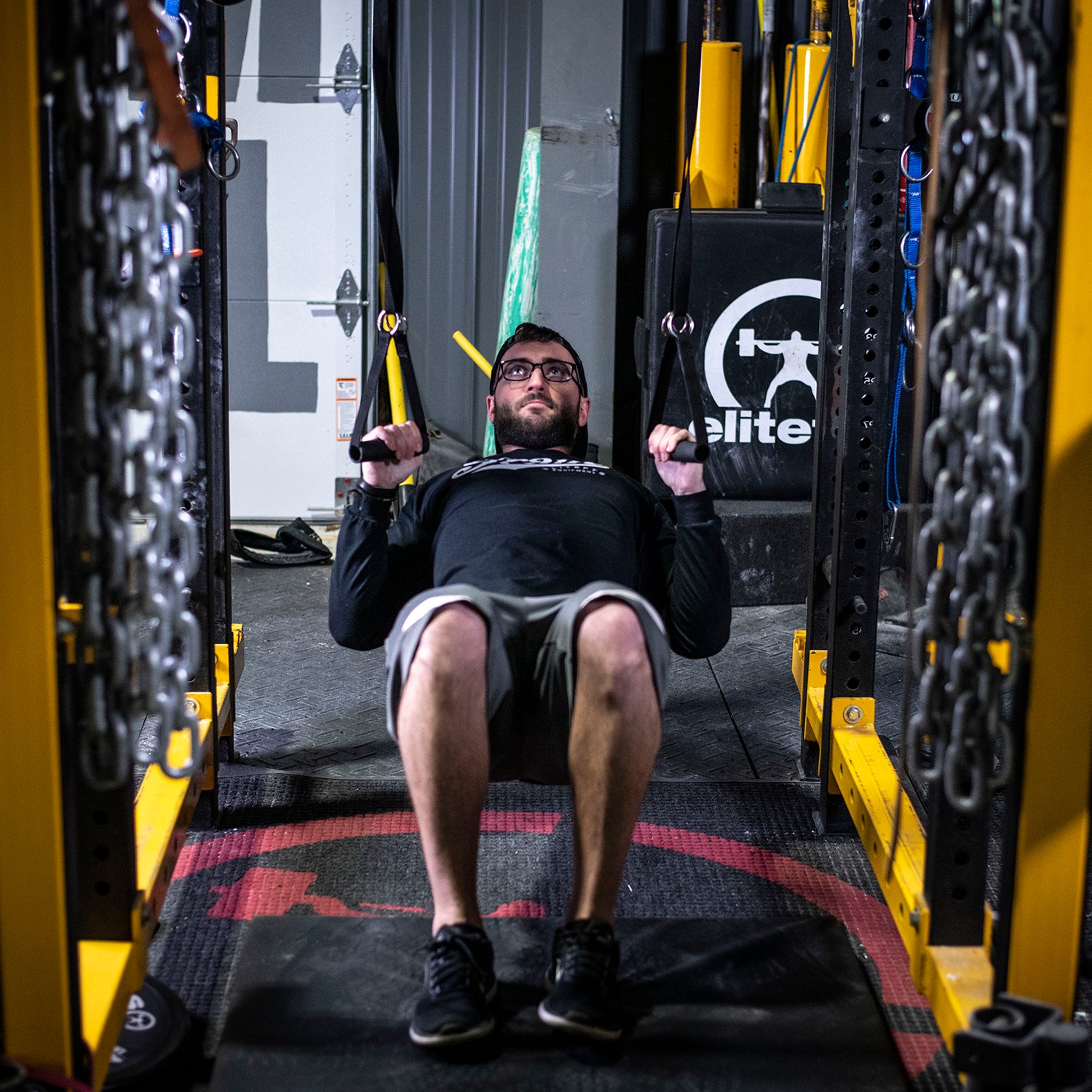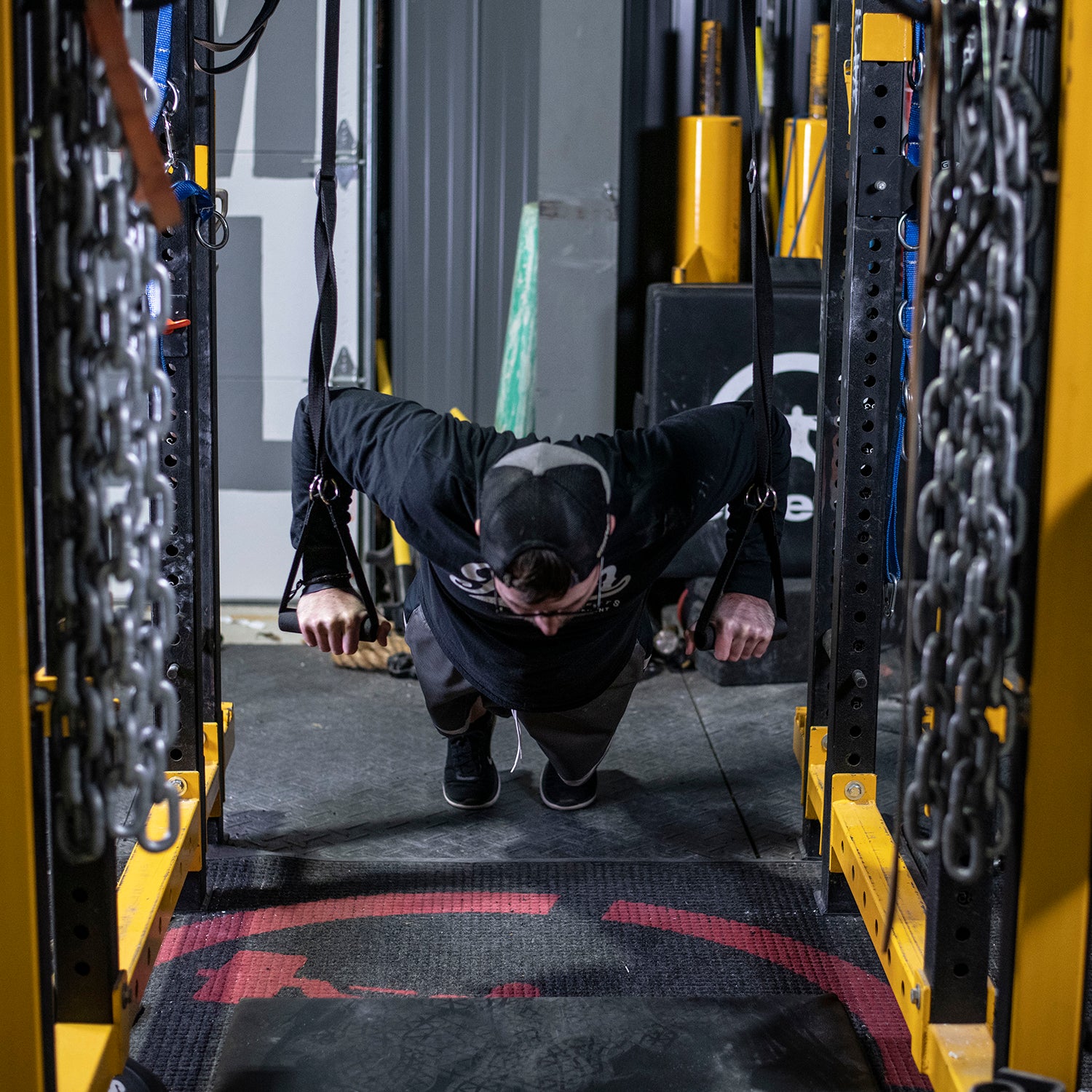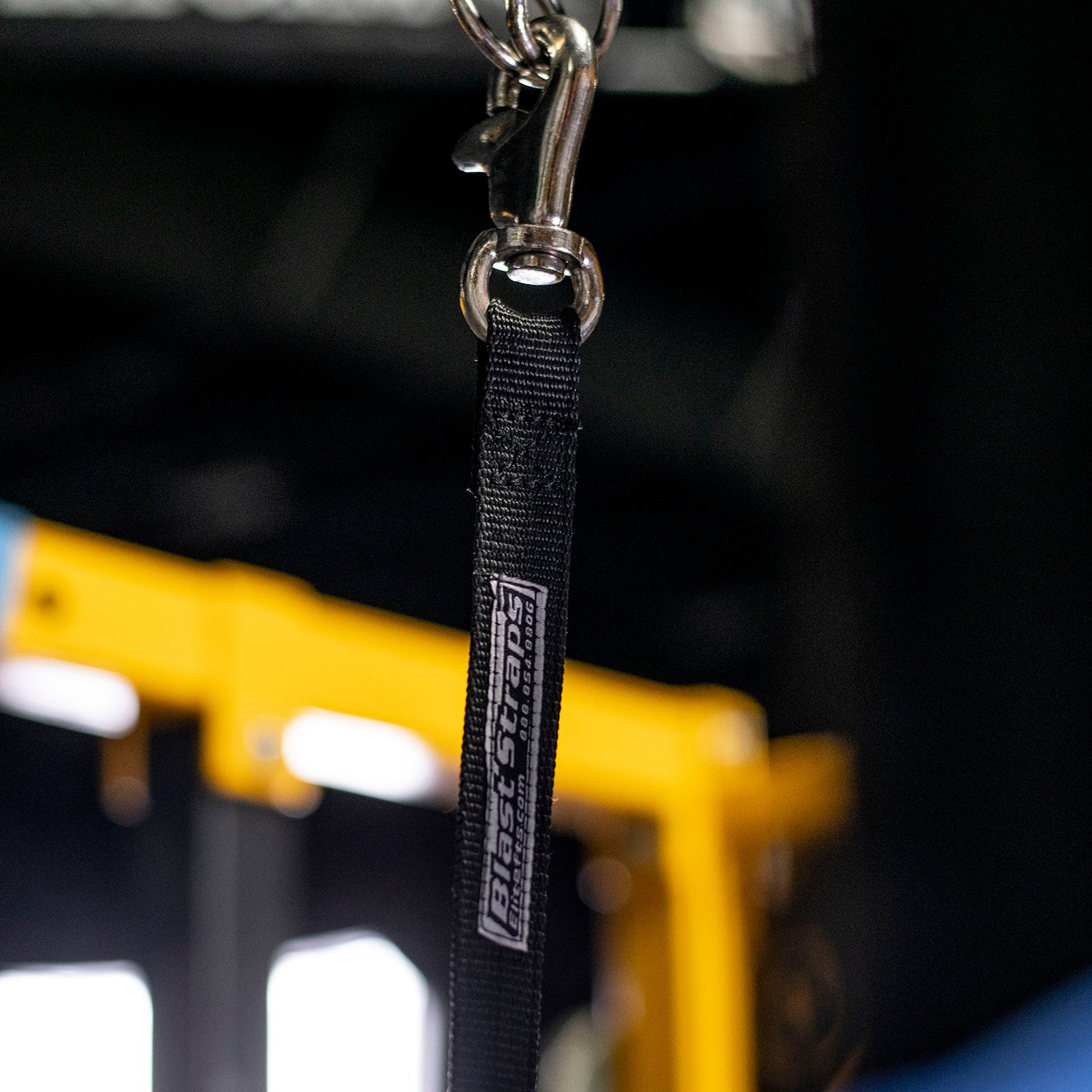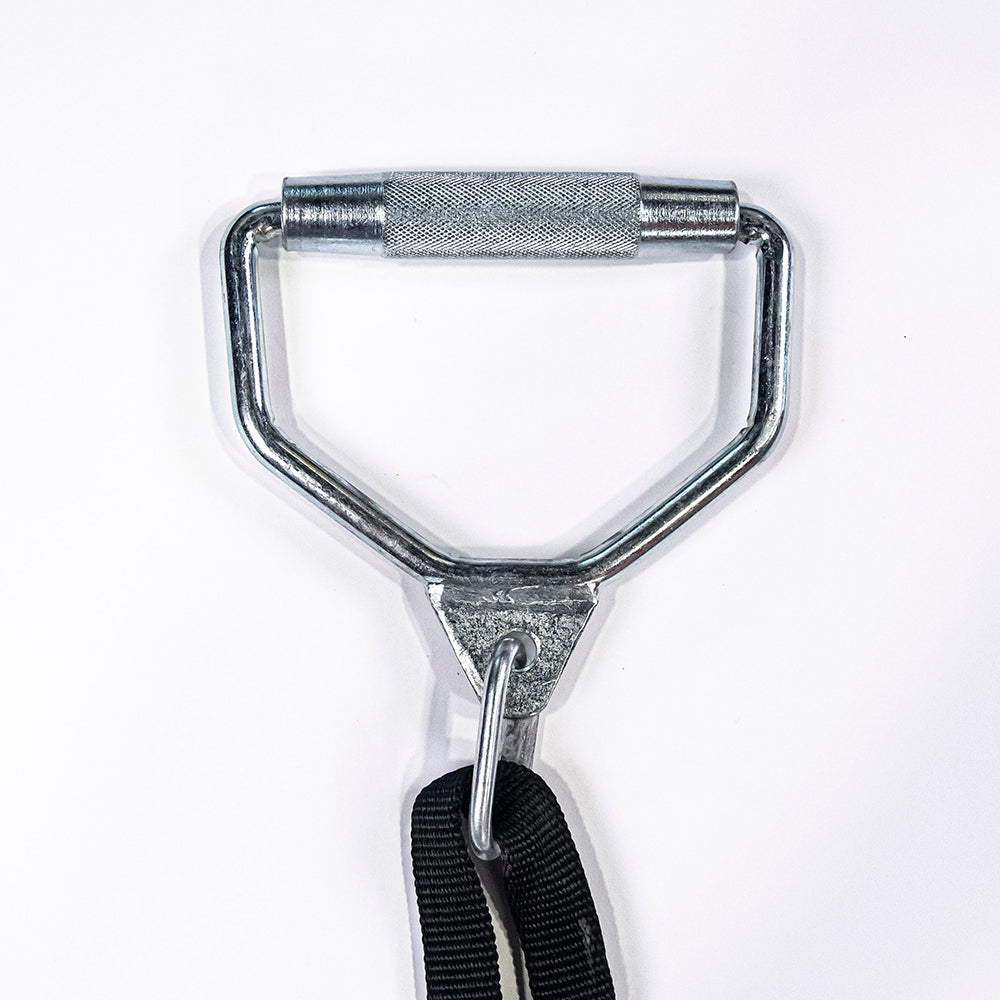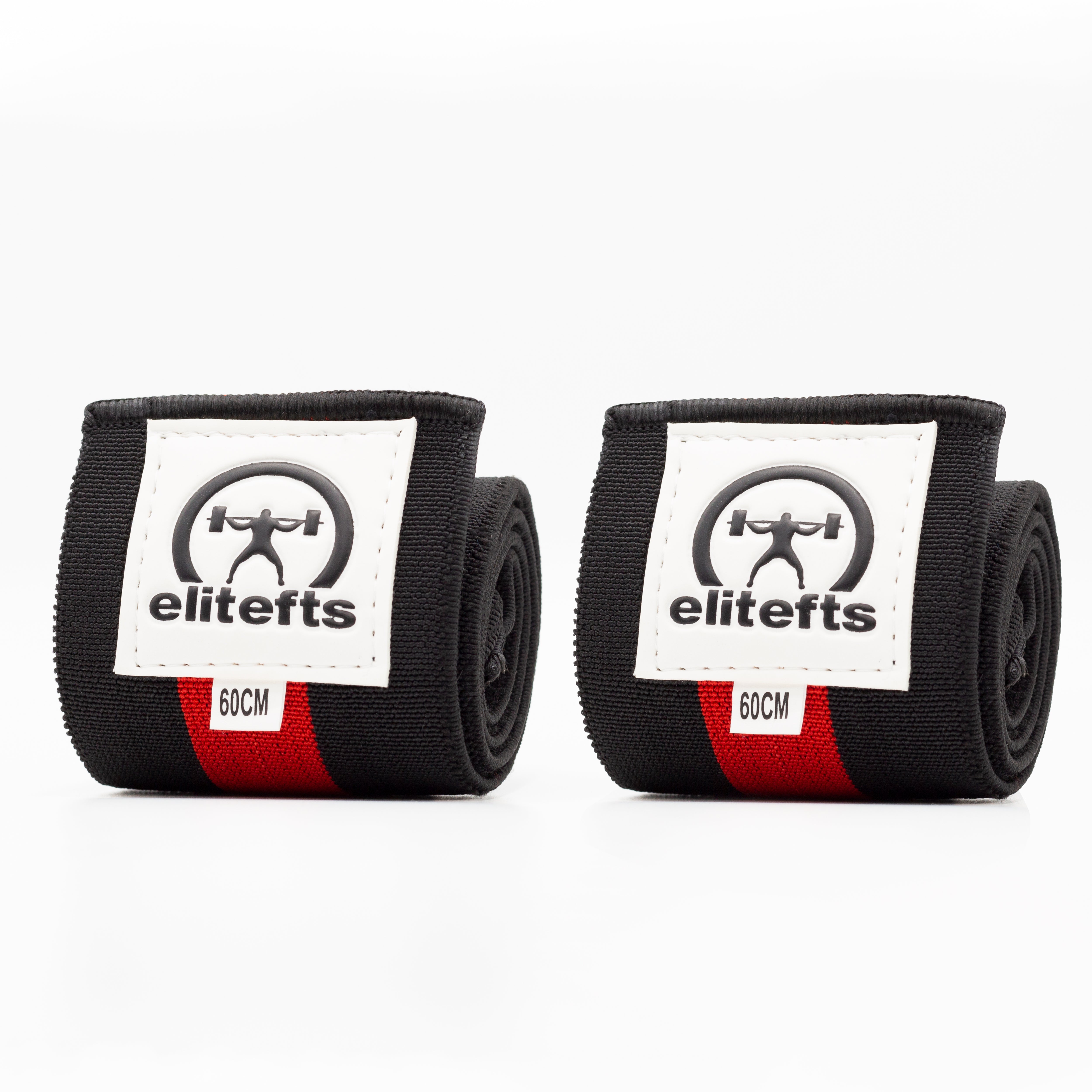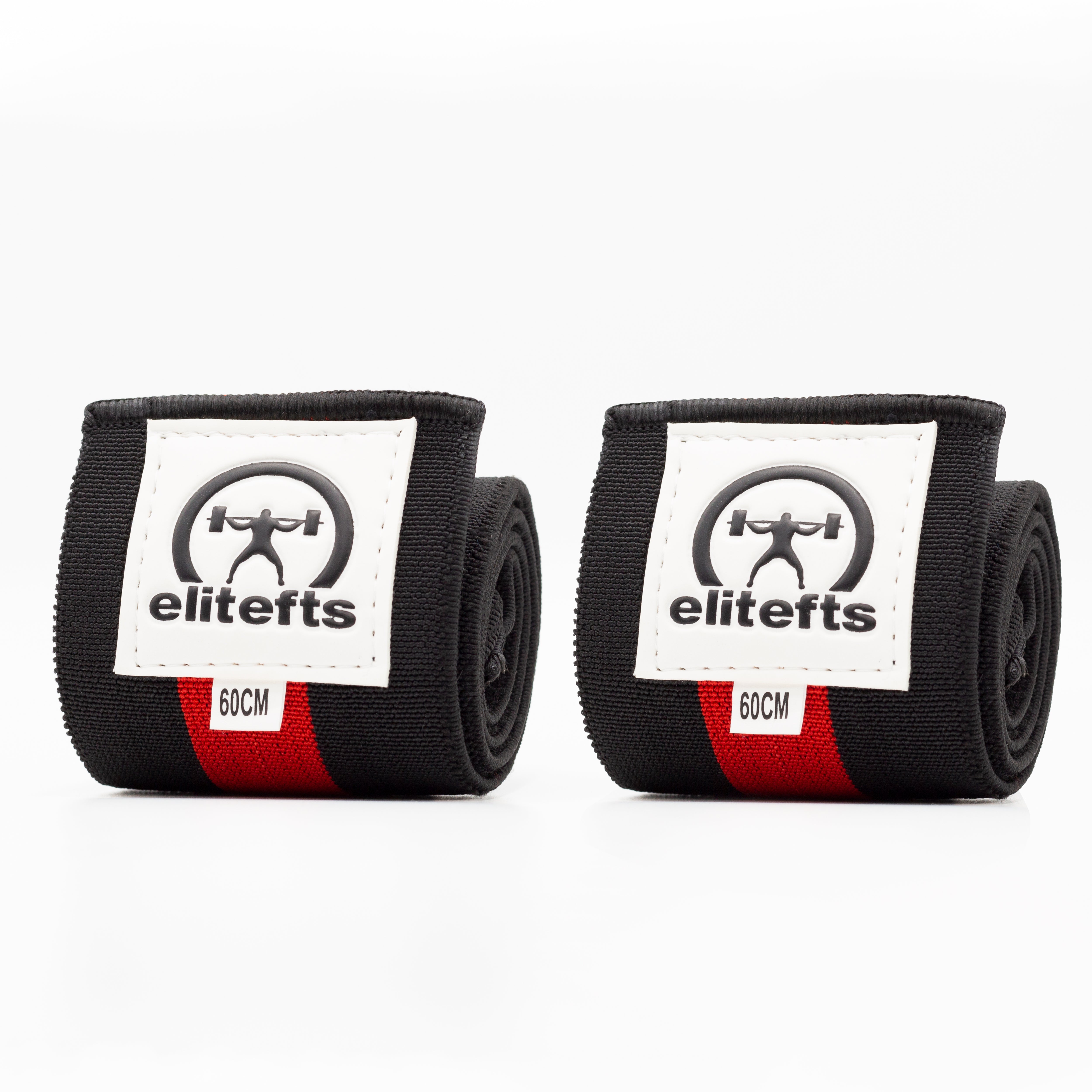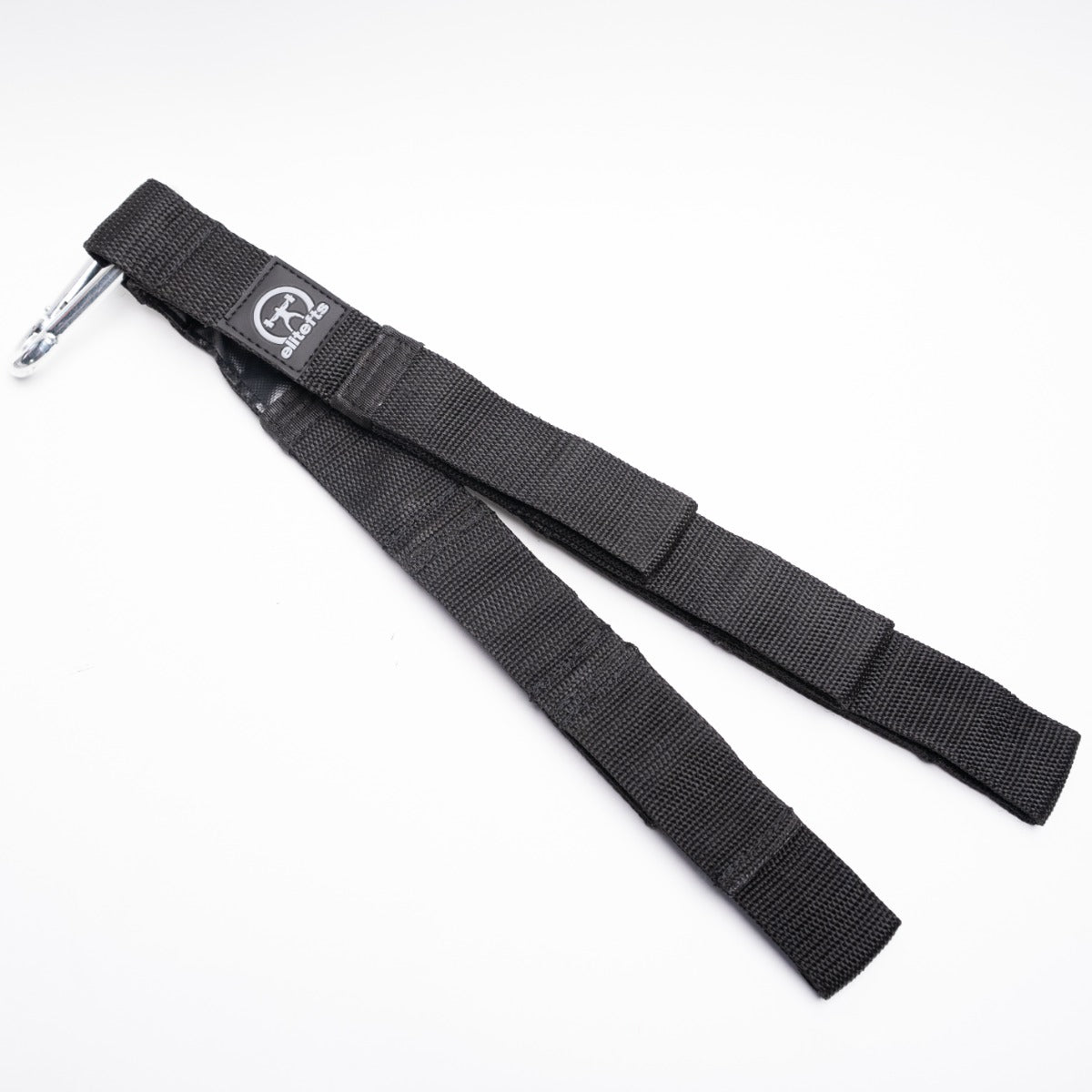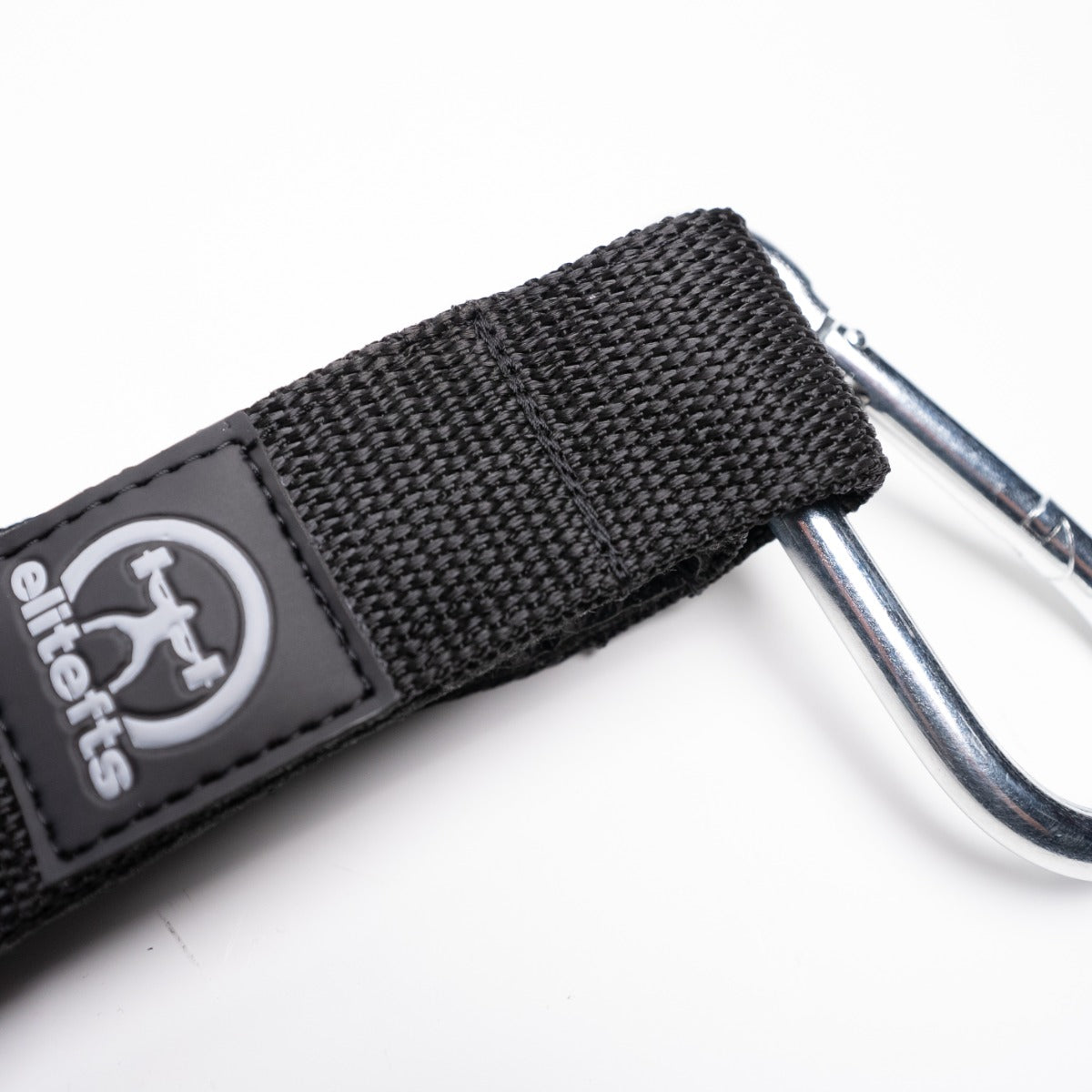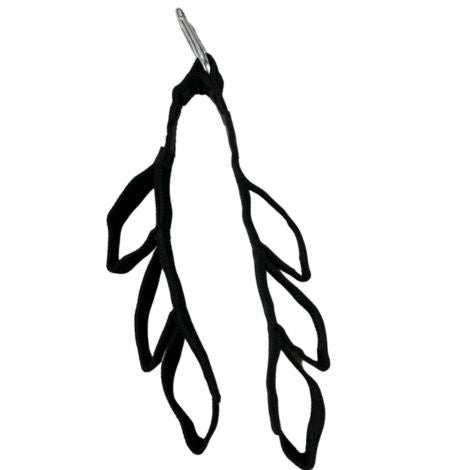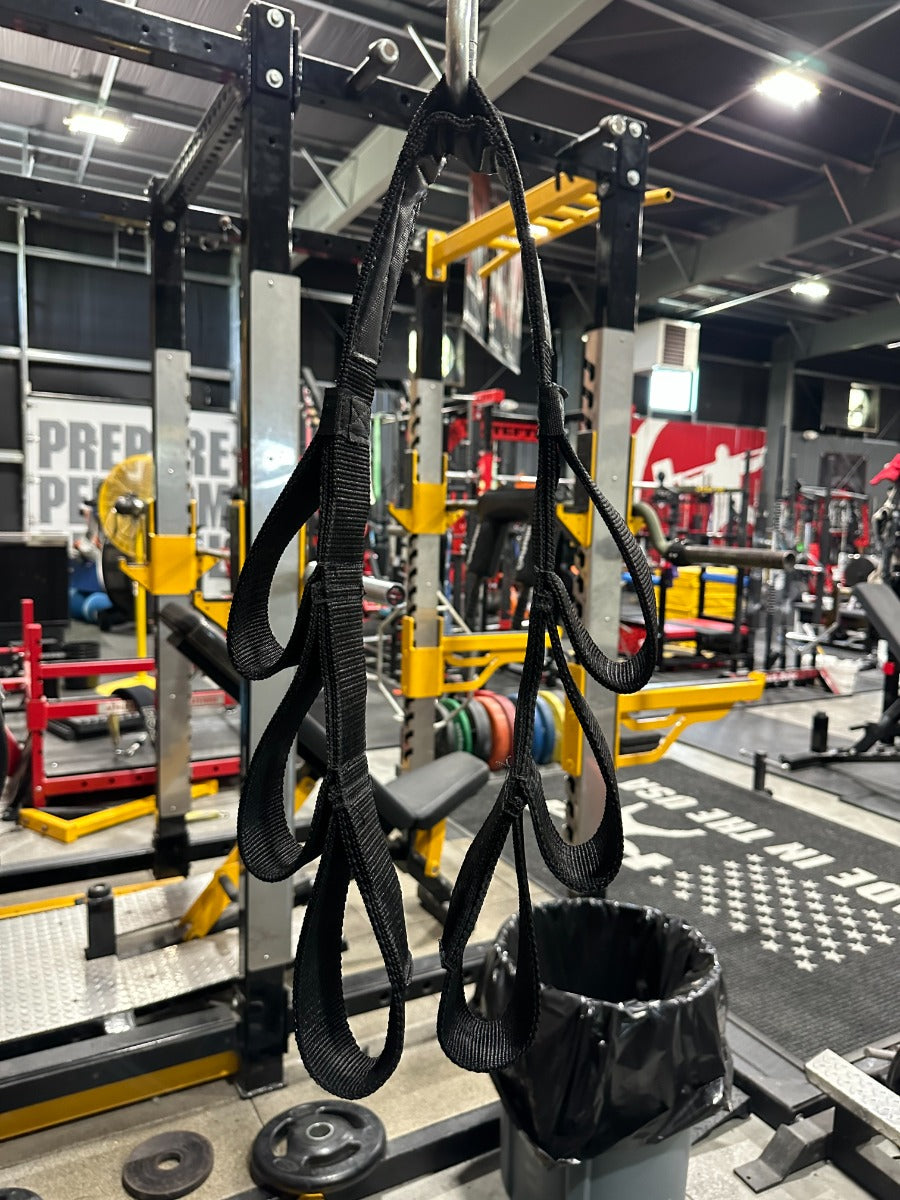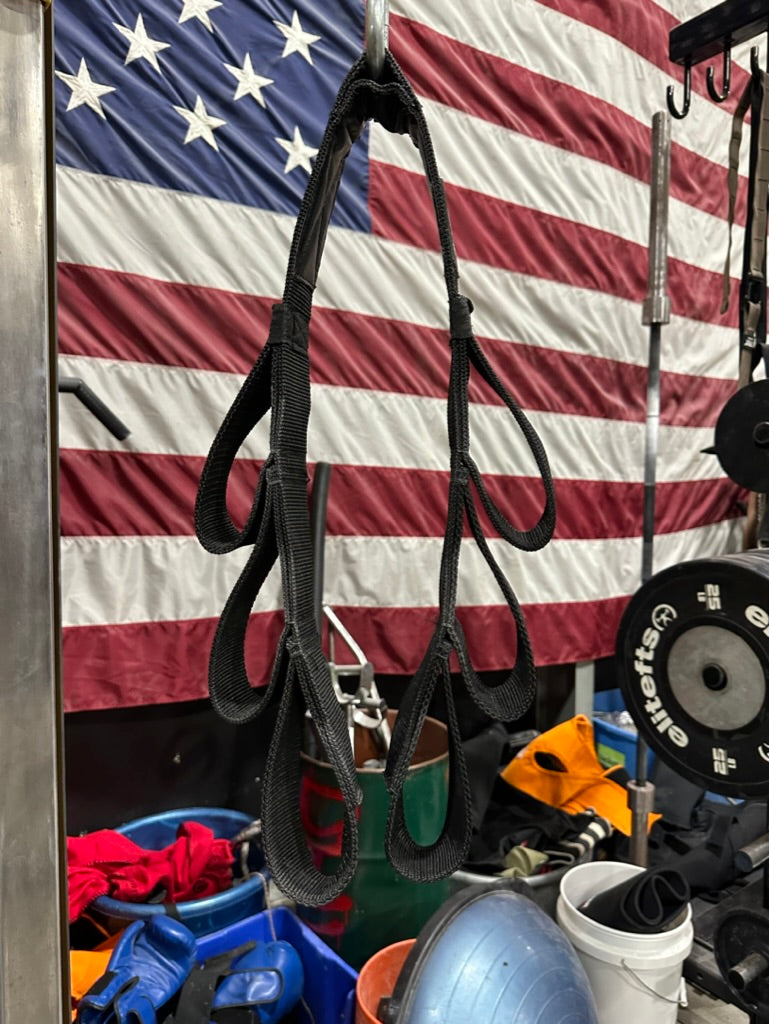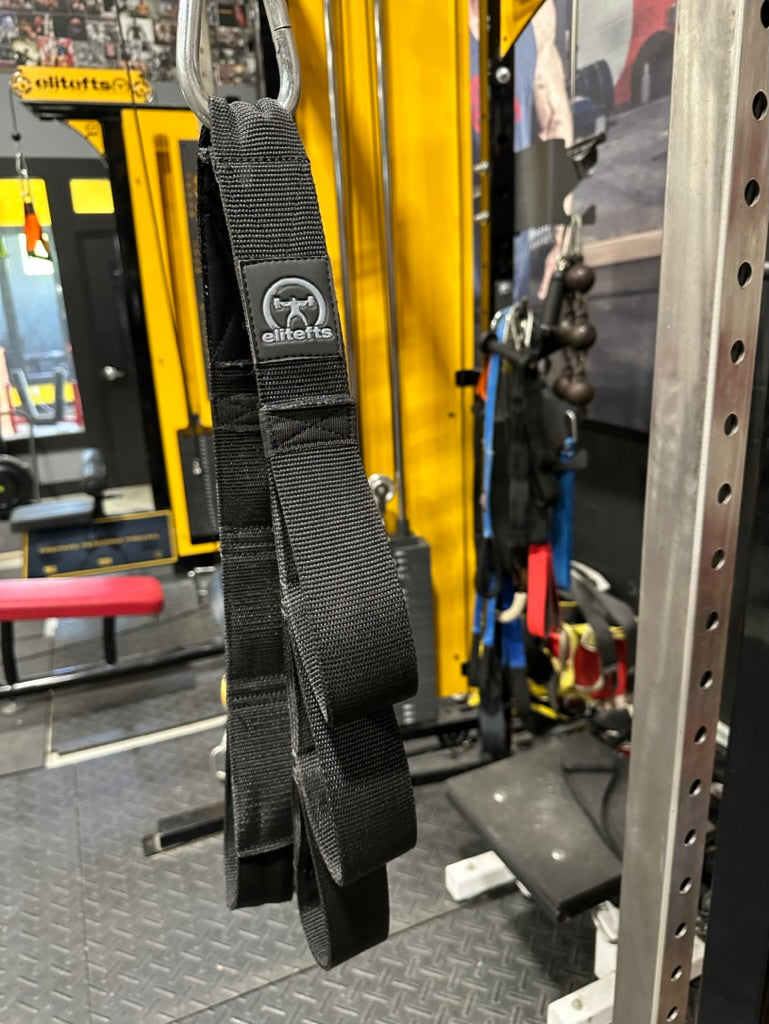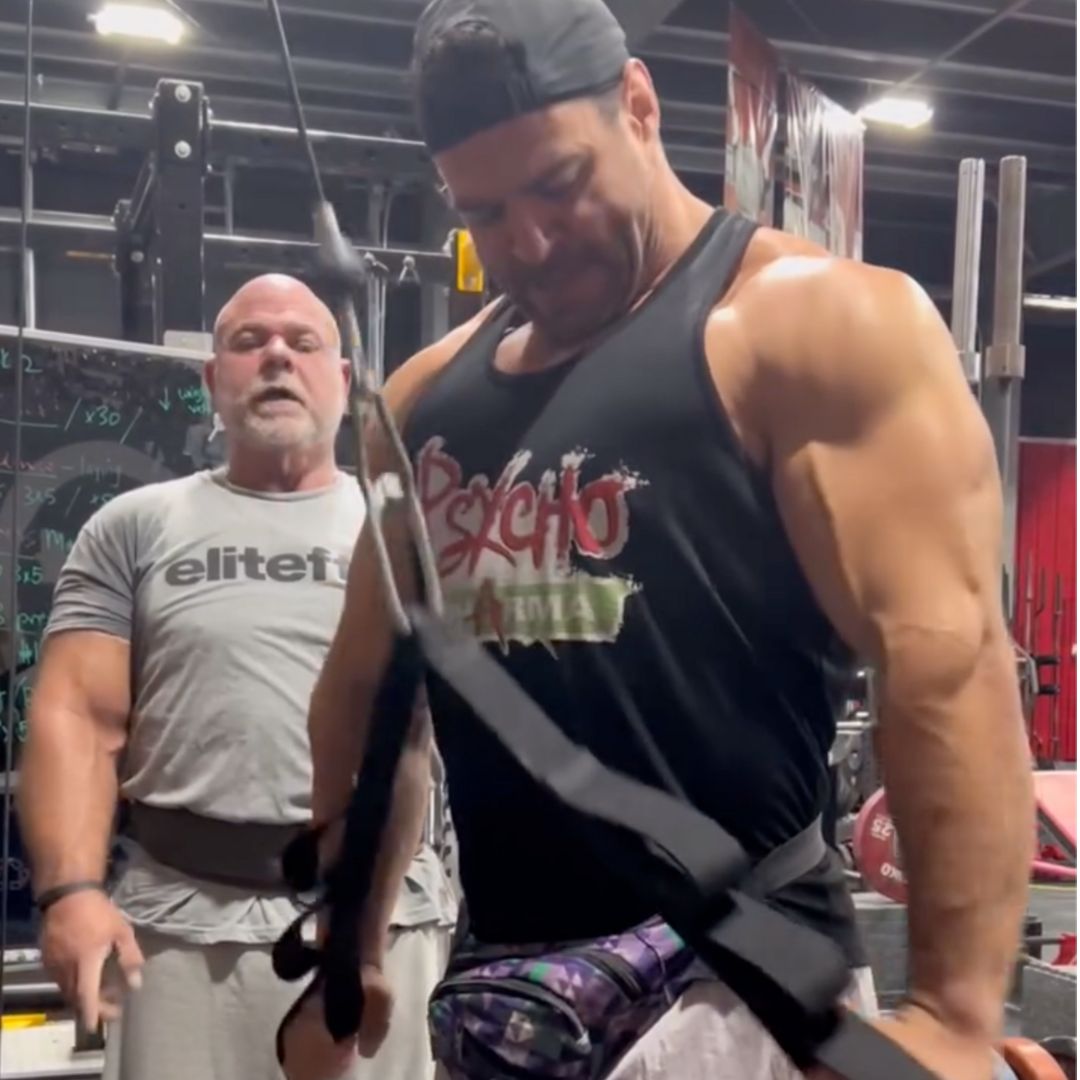ACE and
Men’s Aspirations programming, I wanted to introduce another organization that prioritizes movement and nutrition as part of their curriculum to advance young adults with special needs. Different from ACE and Men’s Aspirations,
Postsecondary Access to Transition after High School (PATH) is a program housed in Dublin City Schools, where they outfit high school students with life skills to assist in planning for future employment, education, and independent living goals. In collaboration with OSU and Karen Edison, PATH travels to the university weekly to broaden their learning experience and attain the transitional skills necessary for independence, linking students with disabilities who are still receiving school-based services with students with disabilities receiving college-level support (enter Project PLAN: Postsecondary Linking Advocacy and Navigation).
RELATED: Skip the Gym — The Scioto Challenge
As I love consulting with Karen Edison, this particular field trip took everyone to the
Recreation and Physical Activity Center (RPAC) where the students experienced the important life skill of exercise —using recreational equipment within a gymnasium setting — and post-workout nutrition. For me, this was an opportunity to lesson plan for passionately bright students with a variety of special needs, including autism and down syndrome. Here’s what we accomplished, and hopefully you can steal at least one thing from this setup to use for your own special needs exercise planning and programming! [gallery columns="2" ids="https://www.elitefts.com/wp/wp-content/uploads/2018/04/rope-climb-ACE-scaled.jpg|,https://www.elitefts.com/wp/wp-content/uploads/2017/06/SheenaHeader.jpg|"] As a side note, for as long as I’ve been programming for OSU on school grounds, we’ve used a variety of settings for our lesson plans: conference rooms, a stairwell, Scioto Park, a pavilion, turf in front of
Wexner Medical Center, and a convenience kitchen. These areas are significant as they represent how easily any space, with a little creativity and lots of effort, can be turned into exercise space — reiterating that no fear, disability, or busy schedule excuses our ability to be active and healthy. For this lesson, we broadened our horizons to use a facility that is intended for exercise (and opened our checkbook, too) to have access to the RPAC — a pretty big deal for us.
A Guided Tour of the RPAC
My initial lesson planning efforts began at the RPAC as the location, facilities, cost, time frame, and accessible equipment would serve as permanent fixtures providing structure to the scheduled lesson. It’s important to mention that without the tour, led by Special Events Coordinator Shea Ryan, both important and minor details would’ve been overlooked, and accommodations may have slightly missed the mark come the day of the lesson. [gallery ids="https://www.elitefts.com/wp/wp-content/uploads/2018/12/IMG_1926-scaled.jpg|,https://www.elitefts.com/wp/wp-content/uploads/2018/12/IMG_1928-e1546283648683-scaled.jpg|,https://www.elitefts.com/wp/wp-content/uploads/2018/12/IMG_1929-scaled.jpg|"] Based on the rental agreement and Shea’s intent to supply everything we’d need to make this lesson a success (and his patience to listen to me lesson plan aloud once I knew of the resources at my disposal), added notes in pen to Shea’s confirmation sheet looked something like this: we’d begin our efforts in the gymnasium for one hour with private access to one of two courts (separated by a net), which included basketball (with access to cones, mats, basketballs, and lowered hoops) and volleyball (with access to volleyballs and a volleyball net). After an hour of exercise, we’d move to the kitchen and conference room for the final hour, with full and private access to tables, chairs, multiple sinks, a stove, a microwave, a refrigerator, a dishwasher, and every cooking utensil known to man. With the resources in place, the next phase of lesson planning focused on what and how we’d use our resources to meet the diverse needs of the high school and college students so that they’d be able to:- Exercise in an indoor gymnasium setting using sport and recreational equipment.
- Gain a replicable alternative to gym or sport training, allowing them to replace negative emotions towards exercise/sport with positive emotions.
- Prep, cook, and eat a post-workout meal after sport or recreation, understanding the importance of post-workout nutrition.
Gymnasium
Warm-up After a bus ride from Dublin City Schools to the RPAC, and after taking off the many layers of clothing to minimize the bite of the cold Ohio air, we began with a warm-up in the gymnasium. Using the bold black lines on the glossy gymnasium floor as boundaries, we went through 10 different drills to slowly get everyone engaged, acclimated, and warm. Down midcourt and back to our starting point, the repetition of each drill boosted students' confidence as they became experts of what was expected. A few verbal and visible cues on repeat reminded the students that this warm-up was not a race; we’d be moving at all different paces, and quality raged over quantity. This would set the tone for the entire day. In between drills, we used our rest period to share our names and something about us to associate a name with a face and passion explicitly. These students oozed of enthusiasm and didn’t hesitate to share their love for music, roller coaster design, amusement park history, and more. It’s here I expressed why we were here (beyond the obvious) — to exercise and have fun. Work Stations Smiling sweaty faces struck less by shyness, we moved onto our work after the warm-up. I had planned for four stations that we’d rotate through every couple of minutes, but based on the warm-up, I knew it would be best if we slowed down and worked as an entire group, station by station. Although we didn’t get through all four stations (and a total of 12 exercises), the last thing I wanted was confusion and a pace too fast for quality movement. As a reminder, the point of this setup is to use common rec equipment in a familiar setting but use everything in an entirely different way. The cool thing about this setup is we had a high possibility of creating new benchmarks and brand-new levels of mastery, which were more valuable than throwing a ball in a hoop or hitting a ball over a net (two activities by which these students have experienced failure through participation). Here are two stations we moved through for three rounds each. Each exercise took us to a new quadrant of the gym, and we moved as a whole group rather than working simultaneously in parts. The ability to progress and regress each movement based on the student’s performance was very manageable (and why it was so important to stick together). The original plan also had three exercises per station but was reduced to two. Station 1- Volleyball Squeeze for 10 seconds
- FW/BW/Lateral Jumps + Line Jumps x 60 seconds
- Overhead Basketball Throw and Catch x 2-3-4
- Wall Push-ups x 60 seconds
Kitchen
From the gym to the kitchen, we learned the importance of post-workout nutrition — a surefire way to feed our muscles and to get stronger. Back to the basics and away from processed everything, we ate rice and beef. On the prep side of things and to take home a tangible life skill, we placed our focus on how to cook ground beef. Taking turns with a utensil in hand, the students got a feel for moving and flipping beef around in a skillet (on high heat) until pink was no longer a color in sight. Exercise and consumption of healthy food are two powerful life skills, which, if harnessed, will help these students pursue their passions as they transition to a life beyond high school. This event proved how we could easily turn RPAC space into something appropriate for movement and use familiar recreational equipment in conventional and unorthodox ways, even if we have a long history of failure and missed attempts. After an hour of exercise and with rice and beef on our plates, the students and I had a chance to eat, sit back, and talk. The passions mentioned earlier came back to life in full vengeance — the students gave me iPhones to preview Spotify playlists and earbuds to listen to DJ Jazzy Jeff & the Fresh Prince (on repeat), architectural plans of the next big roller coasters to review (we also viewed the coasters in action), and a list of founding beginnings of amusement park history (and projected visions of future amusements parks that our grandchildren’s children will experience). Imagine a year from now, when one of these students has access to a gymnasium. Rather than passing it by, based on the daunting demands of sport, he or she recollects our successes from this day and walks on the court and accomplishes something, one thing, or 30 minutes of a couple of things.Milestones National Autism Conference — Presenting Men’s Aspirations



























